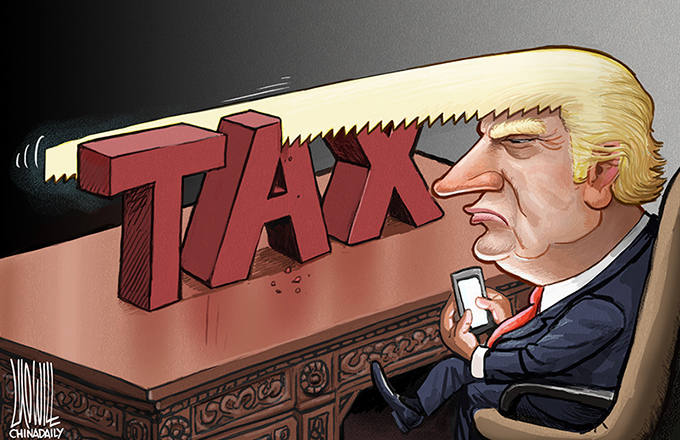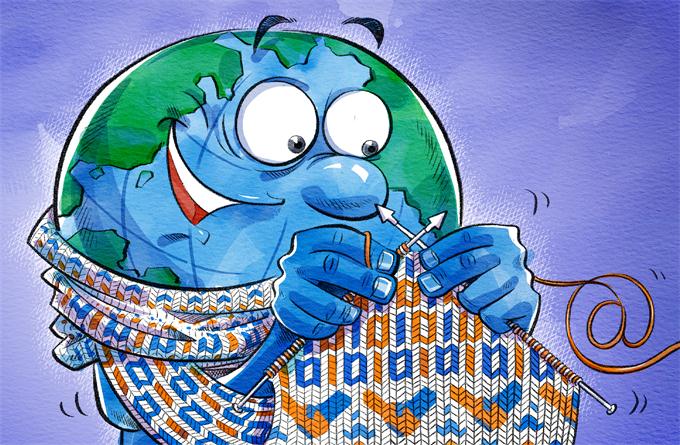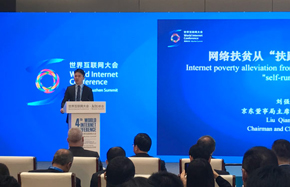Linking the Chinese dream to ASEAN
Chinese Foreign Minister Wang Yi's first major task after taking office was to meet with senior ASEAN officials in early April, and he immediately linked the "Chinese Dream" to the "ASEAN Dream". To realize the two dreams, he said: "We need to work together, wish each other well and support each other."
What followed in the next few months was the gradual warming up of China-ASEAN relations after frayed tensions over the South China Sea disputes, which have dominated international news headlines. The recent decision of ASEAN and China to begin official negotiations over the long delayed code of conduct (COC) is a good barometer of their mutual comfort level and trust. The two sides also manifested the same determination to avoid holding their broader relations hostage to time-consuming and multi-faceted disputes.
At the April meeting, Wang described the ASEAN Dream as the full realization of the ASEAN community in 2015. He connected the grouping's community-building effort to China's own - the dual goals of becoming a "moderately prosperous society" by 2020 and "a strong, prosperous, democratic, culturally advanced society" by 2049 to mark the centenary of the People's Republic of China. When ASEAN was established in 1967, the grouping's founding fathers envisaged that the whole of Southeast Asia would come under one roof. Now that reality is within reach in less than 900 days, that is, by the end of 2015.
To fulfill the Chinese and ASEAN dreams, both sides will need to sustain continuous economic growth as well as maintain a stable and peaceful external environment. The ASEAN's economic growth, which has brought region-wide prosperity and integration, is linked to China's rapid economic rise. Their combined regional strength has served as a driving force for the overall economic development and integration of East Asia.
However, China and ASEAN are facing new challenges as their relations diversify and become more sophisticated. On their home fronts, too, there are stronger interactions between their domestic and immediately external environment.
China and ASEAN member states have their own constituencies and peculiarities, including different public and media perceptions about their relations. In the age of fast global shifts and expanding connectivity - not to mention increased national pride among East Asian countries - managing stable and rewarding cooperation without impinging on local conditions has remained at best difficult.
China-ASEAN relations are not immune to such dilemmas. Their leaders have to navigate more complicated bilateral and multilateral relations to avoid damages, real or imagined. Thanks to the so-called ASEAN+1 family, China and ASEAN have the most intensive cooperation with 12 ministerial meetings, the highest among all the dialogue partners.





















